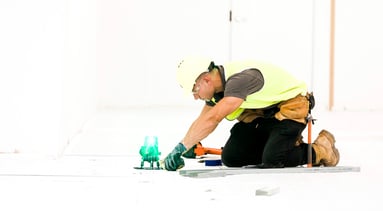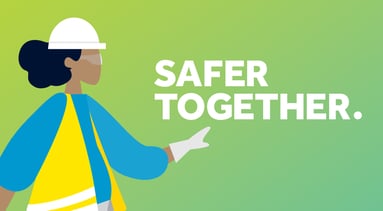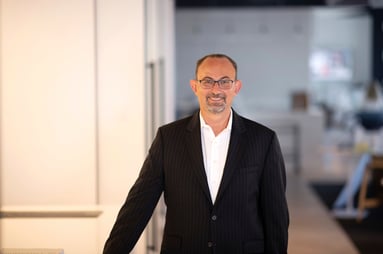How ‘flipping the program’ can help streamline your next workplace project
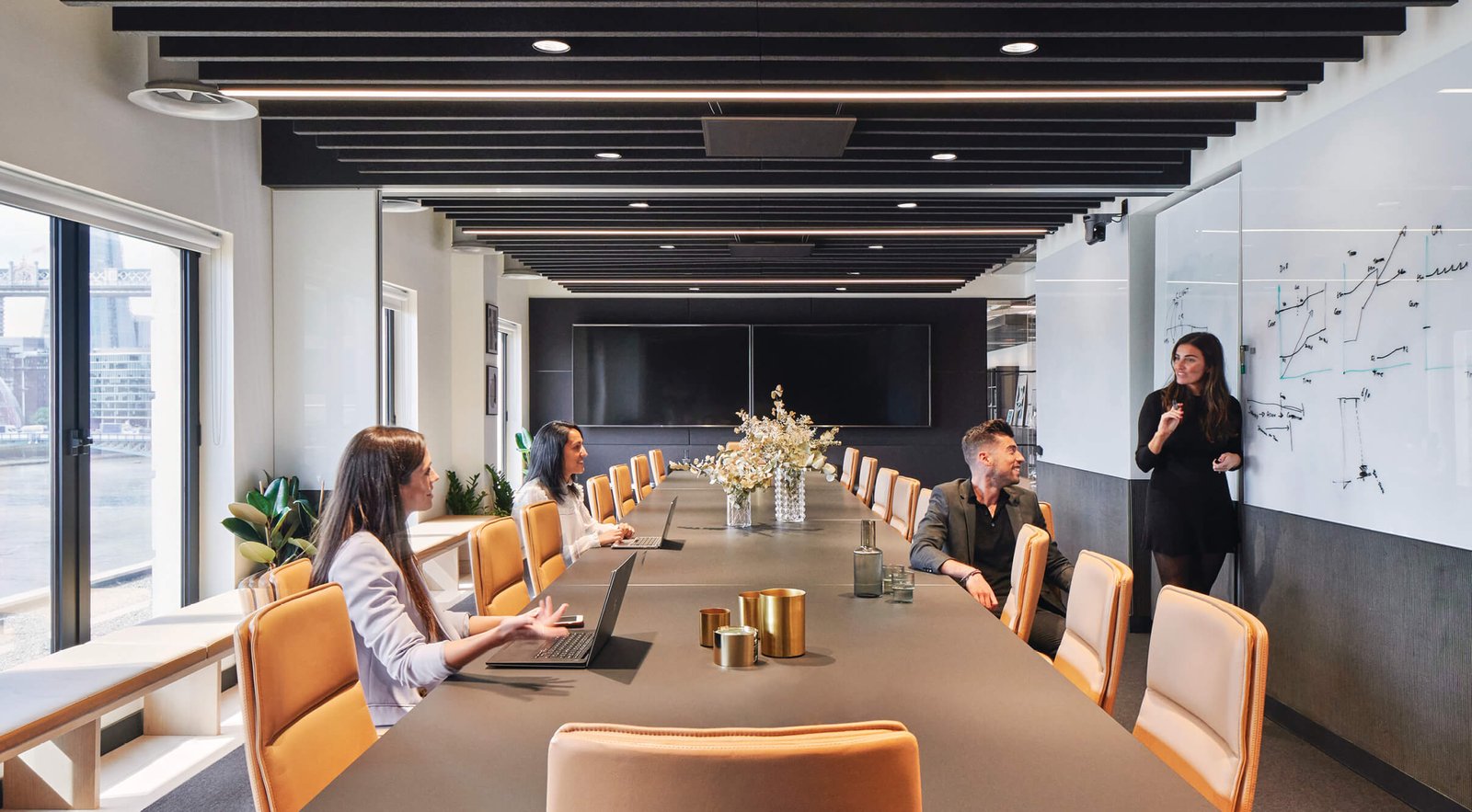
It can be difficult to know where the changing Covid landscape leaves your next workplace project. Getting your new or redesigned space up and running is something that you can do in six months or less, giving you a future-proofed workplace.
In the midst of the Covid-19 pandemic, change can seem like the only constant, and with regards to workplace, this seems likely to continue.
According to CBRE’s latest mid-year market outlook, office utilization will likely continue to fluctuate depending on Covid-19 outbreaks, with hybrid working as the new normal as businesses across APAC reopen and reclose. So how should we approach this uncertainty? By locking in our next workplace project.
Drawing from past and current projects as well as customer data, we’re sharing our insights in our five-step guide to help you streamline your next workplace project.
Download: New year, new workplace: A collaborative approach to streamlining your next project
Why ‘flipping the program’ works
Whether clients are facing an imminent lease expiry, needing to rebrand, or looking to consolidate and reduce real estate costs, we’re finding that we can streamline their projects by flipping the traditional design and construction program to front-load things like:
- Subcontractor bidding
- Long lead time item ordering
- Construction
- Contractor mobilization
How an integrated approach can shorten your project timeline
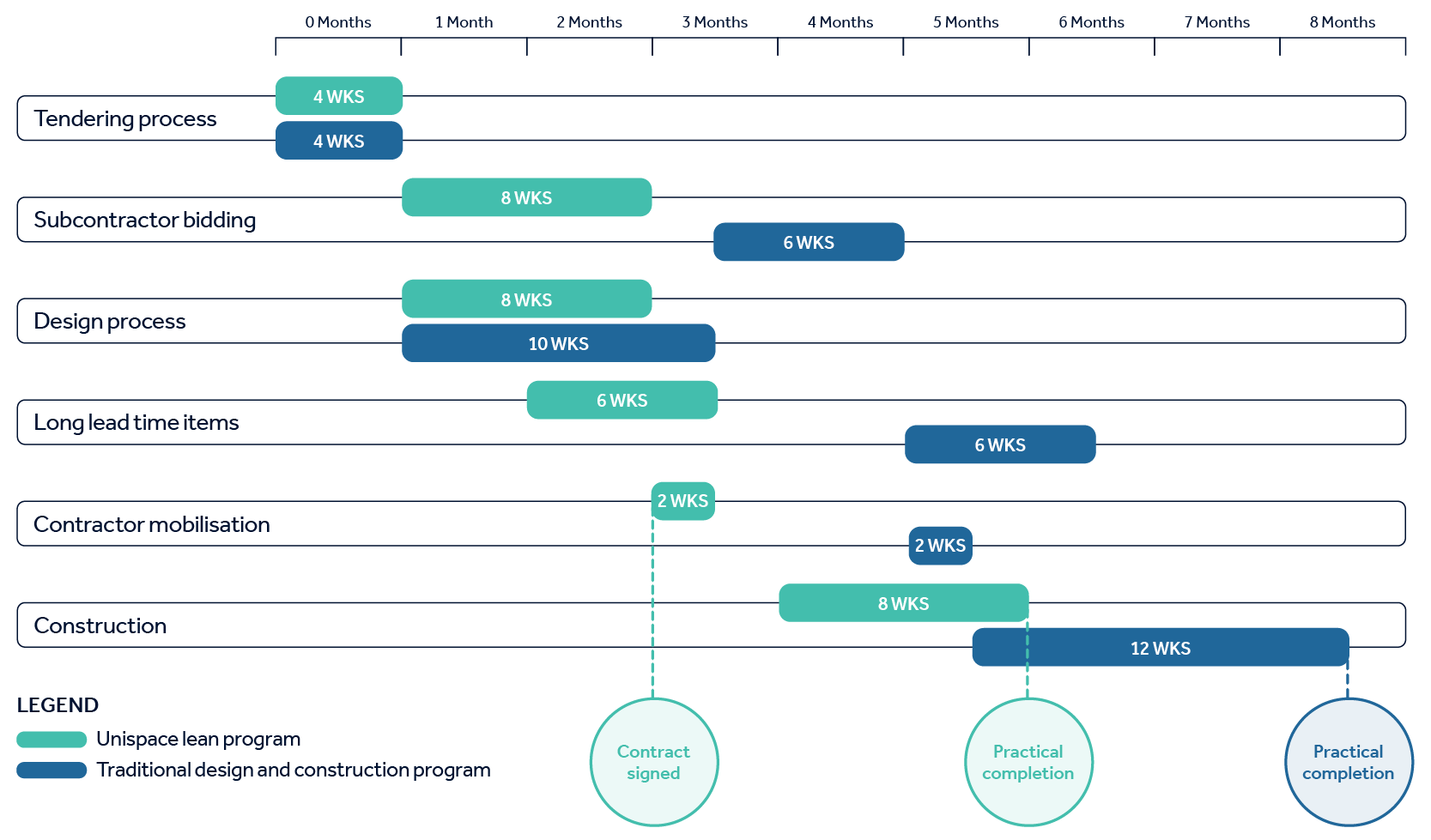
- With the tendering process complete, we immediately move on to subcontractor bidding, a process that is traditionally delayed until a few months in to the project.
- While the design process is in progress, procurement begins in earnest, meaning long lead time items are ordered, such as specialized equipment and custom-fabricated items such as glass or structural steel components.
- Contractors are mobilized two to three months in to the project, rather than the traditional four to five months.
- With these elements in place, construction can begin three to four months into the project, wrapping up the project within six months
Flipping the program for your next project
A collaborative approach ensures everyone works together to create an end-to-end project. Our team work across the strategy, design and construction phases to:
- Involve sub-contractors earlier, bringing value engineering forward and starting long lead time ordering earlier in the piece.
- Begin the strategy and concept design phases earlier in the project, giving more opportunities to iterate and adapt the design.
- Progressively budget throughout – so that you always know where the cost is sitting.
